-=About=-
I never built an electronic circuit from scratch before so I figure I would try making a simple blinking LED. To make this more fun I decided to build a MIRT (Mobile Infrared Transmitter). Traffic lights in my area still use optical priority systems where they are triggered by an IR strobe. The two modes for these priority systems are Low Priority (10Hz) and High Priority(14Hz). This remote was designed to work at 14Hz.
MIRT Info--> http://www.themirt.com/how-it-works.php
-=Research=-
555 IC's can act as a timing mechanism, I chose this to make my LEDs blink because it's cheap and easy. Doing a quick google search I found an online calculator which lists what components you'll need to achieve the desired pulse rate. It also lays out the circuit needed as shown below.
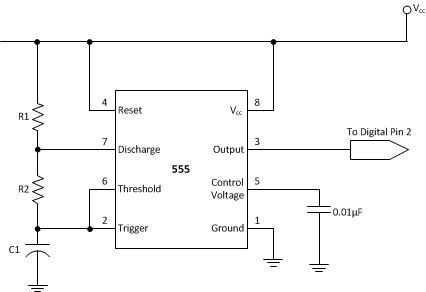
The online 555 calculator outputs a list of different combinations which will get you close to the desired frequencies. These are the values I chose.
| C1 | R1 | R2 | Period | Frequency | Duty Cycle |
| 1 µF | 1 KΩ | 51 KΩ | 0.0714 sec. | 14.0097 Hz. | 50.5 % |
555 Calculator --> http://houseofjeff.com/555-timer-oscillator-frequency-calculator/
-=Prototypes=-
Now with the basic circuit in mind, I first experimented with a bread board. Long story short, the 555 wasn't going to power 4 LEDs in series using a 9V battery, A friend suggested using a Darlington Transistor to make the LEDs fire. This took me a bit to figure out but here are the earlier designs. The protoboard on the left was my first attempt after the bread board. It didn't work.... The protoboard on the right however uses an 8 channel Darlington Driver (Only one I had at the time so just rocked with it) which did work! I had a blinking LED in remote form :D
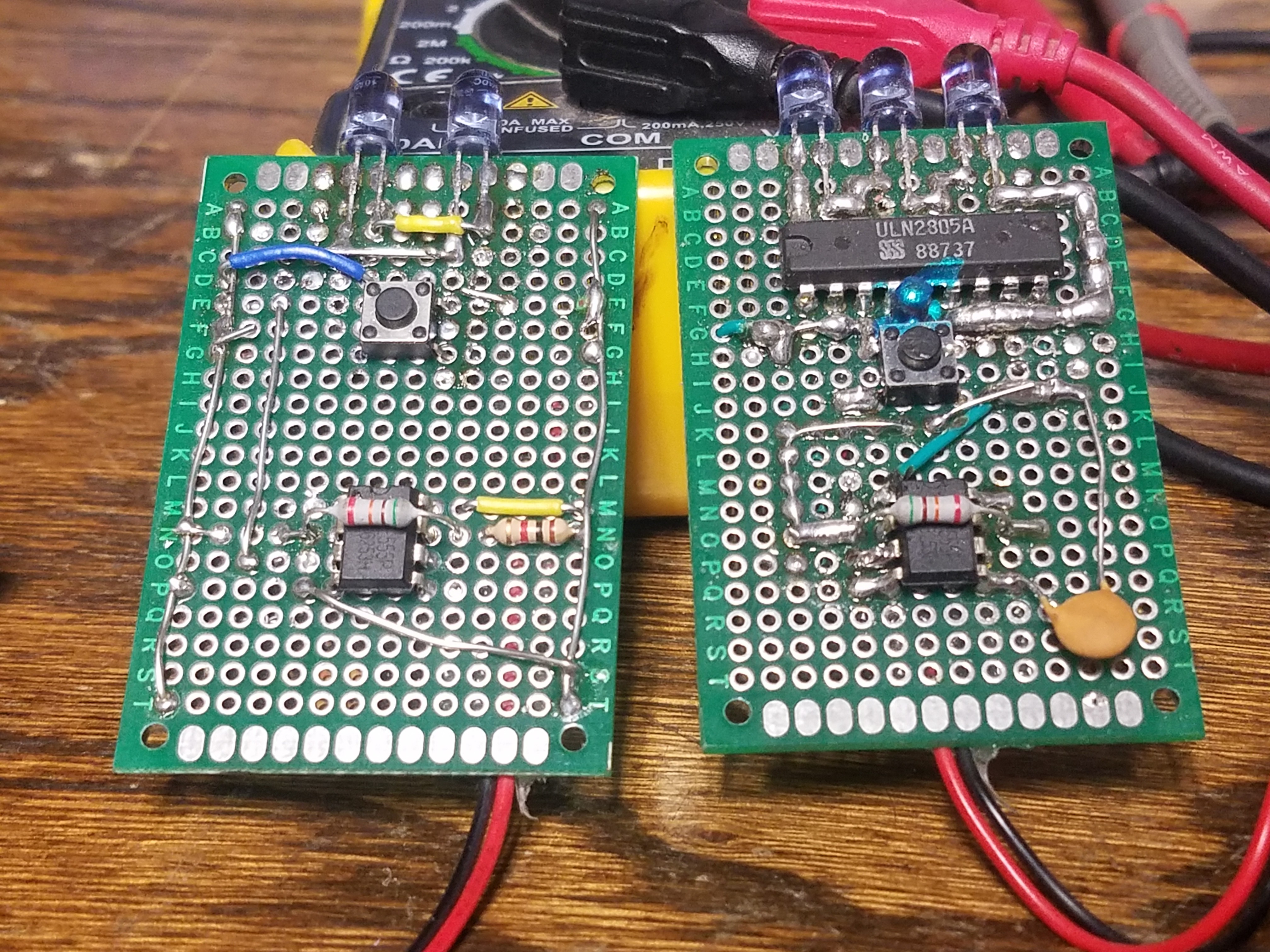
-=Version 1=-
Using EasyEDA I produced this schematic and used it to create and lay out the traces and components for the PCB.
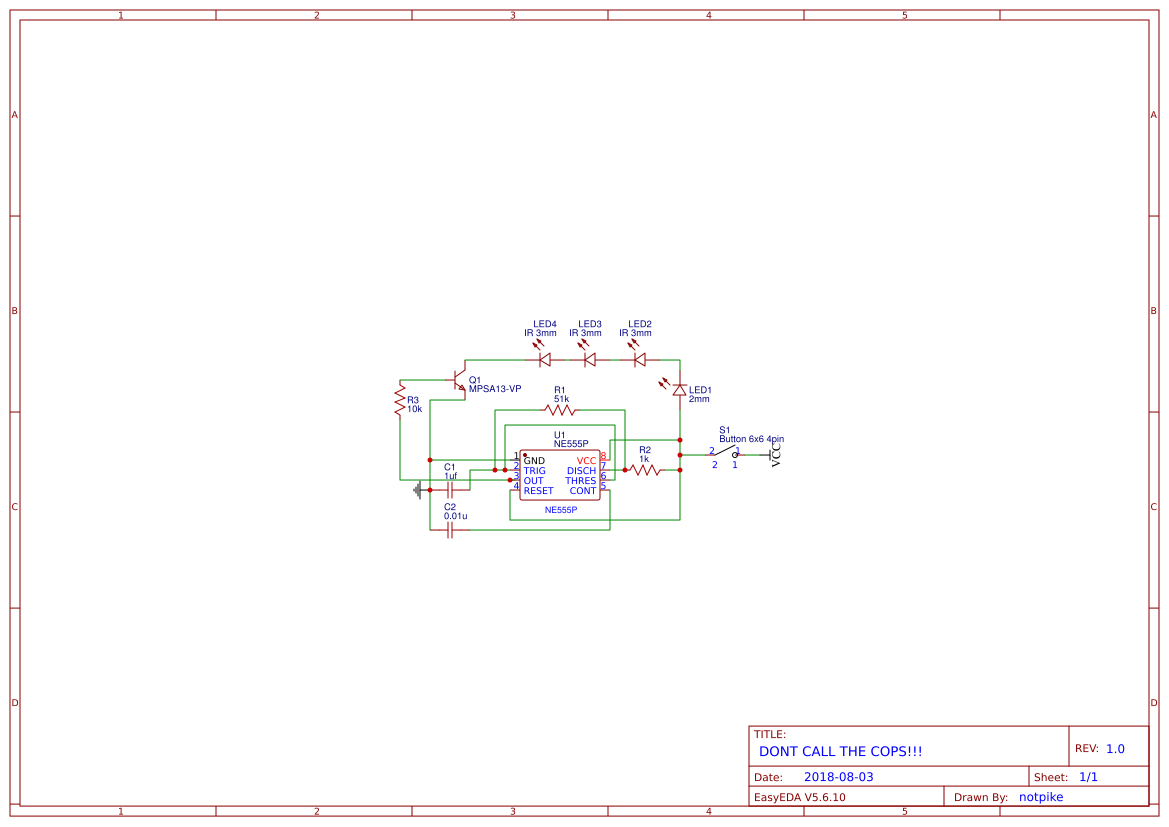
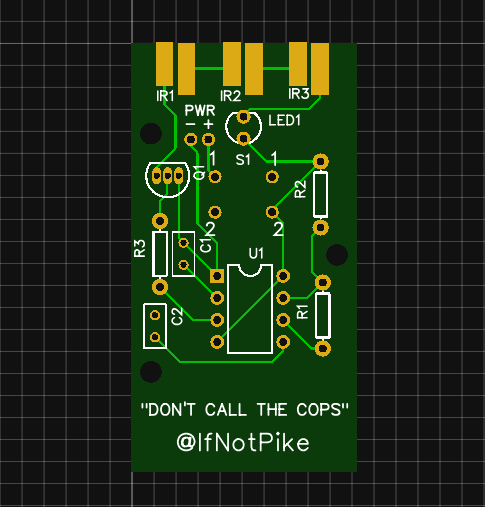
One week later, the boards arrived and I built my stupid little MIRT! :D

-=Testing=-
To be fair, I have no idea what I'm doing here but with the help of a friend we figured out the pulse rate was at 16Hz. Not exactly 14Hz but it is a dirty signal on a cheap scope. More to come though.
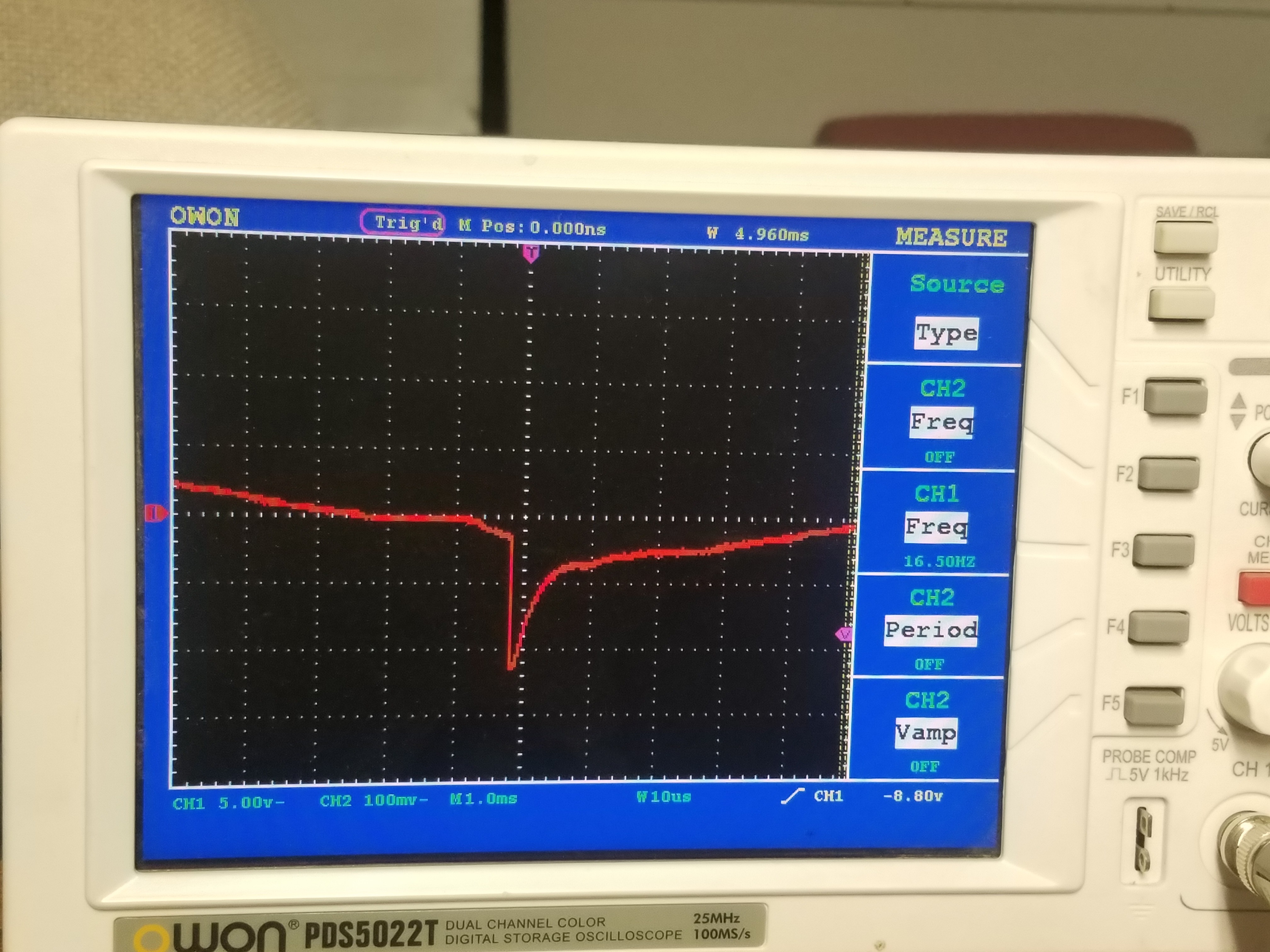
 Not Pike
Not Pike
 artbyphysicistkitty
artbyphysicistkitty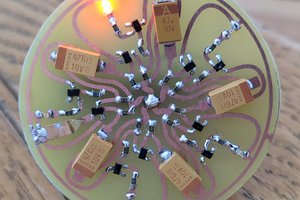
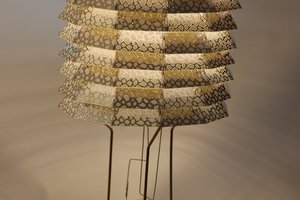
 Gareth
Gareth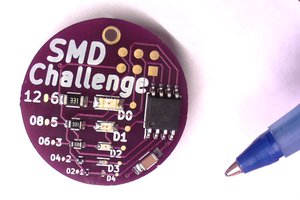
 MakersBox
MakersBox